What are the different types of tuck pointer? |
||||
| Shop for Tuck Pointers | ||||
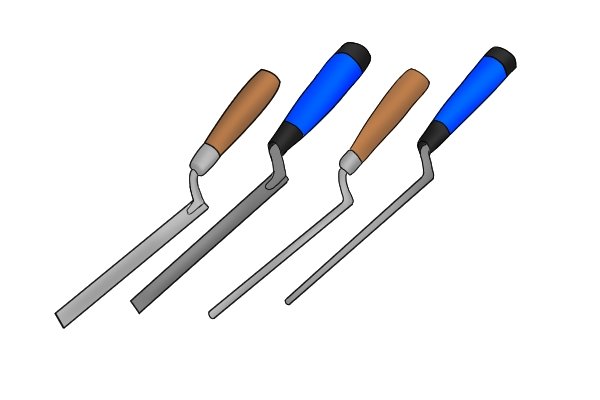 |
Standard tuck pointers can be found in a variety of different widths, lengths, and depths, to suit different situations and fit in different brick joints. The blades commonly range in width from 6mm (¼”) to 25mm (1″), although some are as narrow as 1mm (3⁄64“). | |||
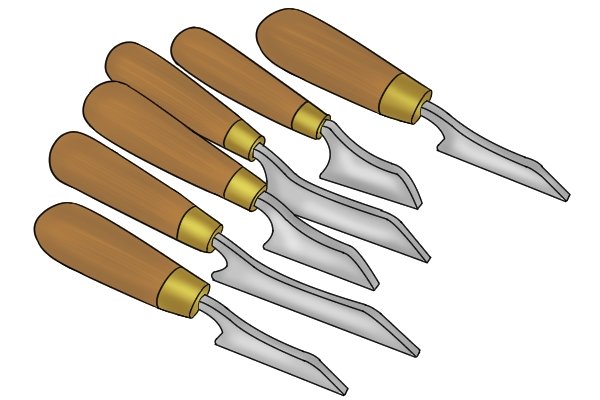 |
Some manufacturers also make specialist tuckpointing tools, used for laying contrasting fillets of mortar into darker-coloured mortar. These are shaped differently to most tuck pointers and often have grooved blades that allow them to leave thin beads of lighter-coloured mortar. | |||
The standard tuck pointer |
||||
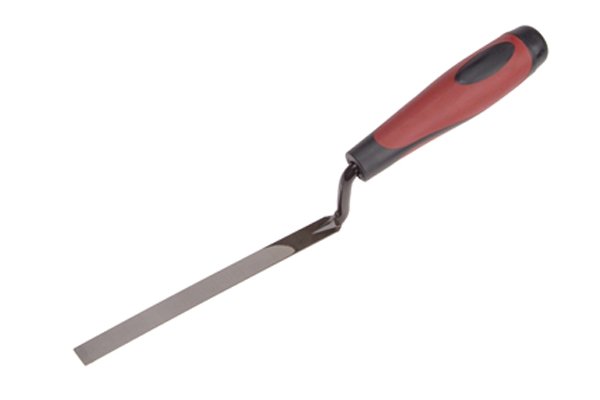 |
Most tuck pointers consist of a long, thin blade connected to a handle by a tang and ferrule. They are the most versatile kind of tuck pointer, useful for everyday repointing, as well as applying mortar, caulk or plaster to areas that might be difficult to reach with any other kind of pointing trowel. | |||
Tuck pointers with rotating blades |
||||
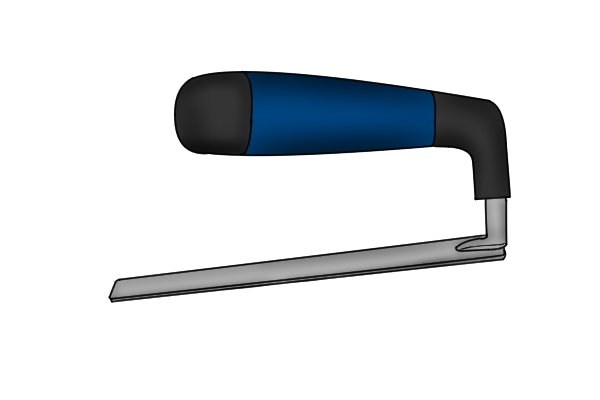 |
Some tuck pointers have inverted or rotating handles, which makes them even more useful in tight spaces. Unfortunately the unfixed tang on this type of tuck pointer gives them less leverage than a conventional tuck pointer. | |||
Specialist tuckpointing tools |
||||
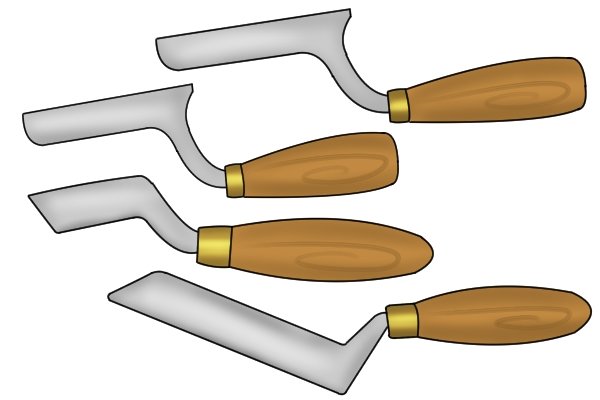 |
A regular tuck pointer is fine for any repointing, plastering or caulking jobs, but it can’t cut a narrow bead through mortar or leave tuck-pointed fillets behind. For traditional tuckpointing, there are a variety of specialist tuckpointing tools which can be produced to suit the needs of the user. These are listed below: | |||
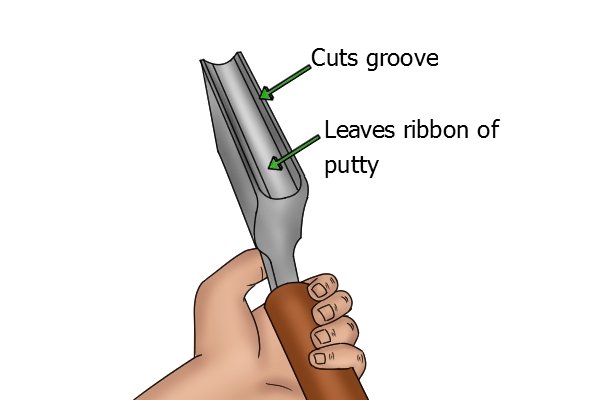 |
“Square-beaded” tuck pointers“Square-beaded” tuck pointers, sold by a small number of manufacturers, have grooves in the base of the blade which can cut into mortar joints and fill the space with a bead of contrasting mortar, to achieve an old-fashioned tuckpointing effect. Whilst great for traditional tuckpointing, these tools are not very versatile, and can’t be used for everyday repointing or mortar spreading. |
|||
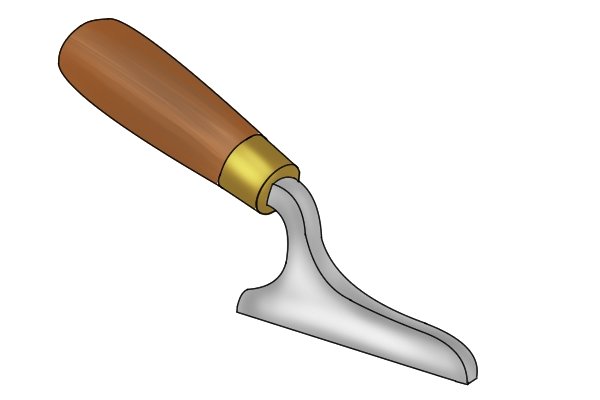 |
Round-cornered tuck pointersRound-cornered tuck pointers are useful for tuckpointing rounded bricks. Tuck pointers can be made to specified concave or convex angles, to suit any curved wall that needs to be tuckpointed. |
|||
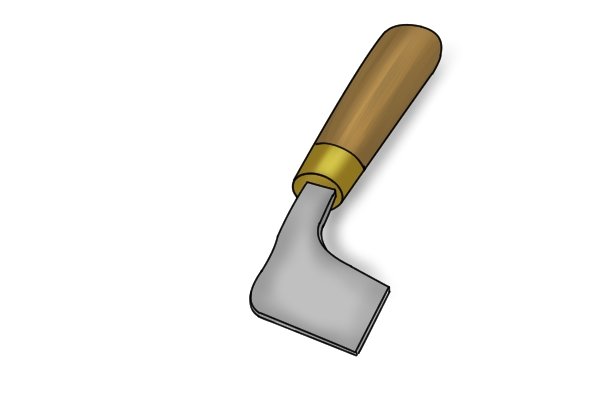 |
Snubnosed tuck pointersThere are also custom-length snubnosed tuck pointers which have uncommonly short blades. They can be used to apply mortar to very tight corners or ornate brickwork. |
|||
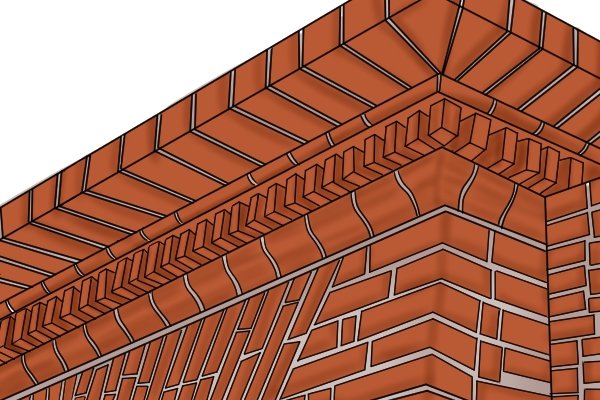 |
Ornate, decorative architecture often has brick joints that would be difficult to reach with a conventional tuck pointer or a larger specialist tuckpointing tool. | |||
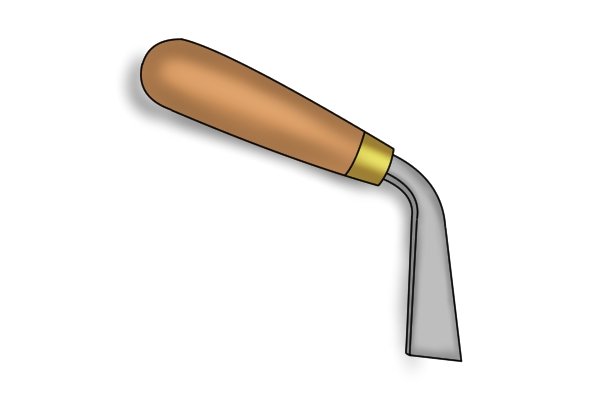 |
Longnosed tuck pointersAs well as snubnosed tuck pointers, there are also longnosed tuck pointers, which can be equally useful in reaching difficult brick joints. |
|||






